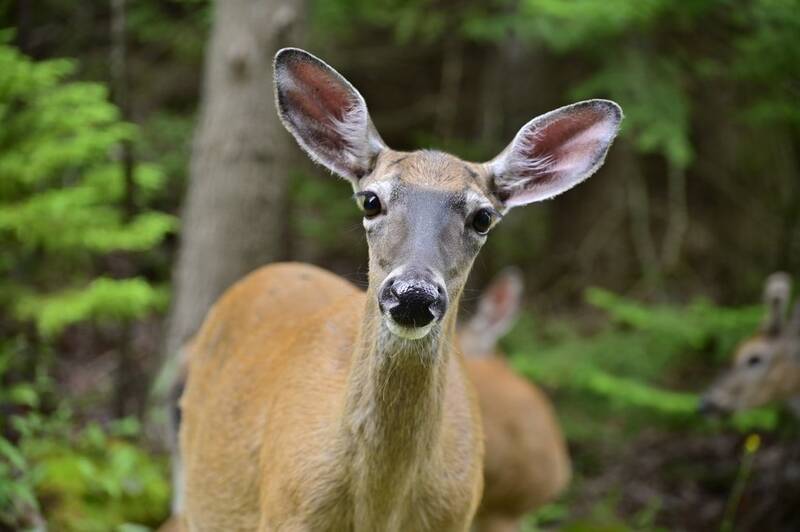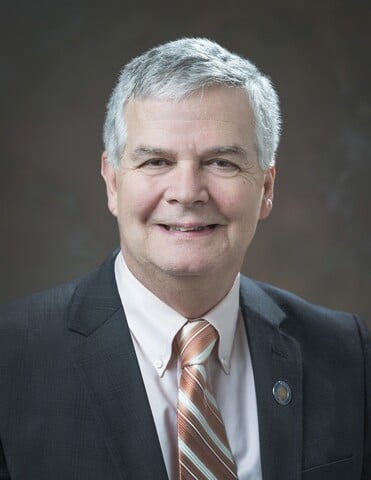It’s pretty common to read about something that happens somewhere else and assume that it doesn’t affect you. Something could happen hundreds of miles away, and you think it could never happen to you.
That’s what it was like when Chronic Wasting Disease (CWD) was first recognized in captive mule deer in Colorado. That was during the 1970s. Even after CWD was discovered in wild herds in 1981 in Colorado, I’m sure you didn’t think twice about it since it was so far away. In the 1990s, CWD spread to captive herds in Saskatchewan, Canada. By 2000, CWD was found in Oklahoma and Nebraska. The first time CWD was found to infect white-tailed deer was in 2001 in South Dakota. Still, this seemed far away and easy to put out of our minds as something that was someone else’s problem.
Wisconsin had its first confirmed case of CWD in 2002. Even when CWD spread to 21 states, including Wisconsin, it still felt far enough away—nothing to be concerned with. Reality does hit home though when it’s found in your own backyard. For years, CWD was considered a “southern Wisconsin issue,” but it is spreading at an exponential rate through western and northern Wisconsin. A couple years ago, cases were found in a deer farm in Eau Claire and deer later escaped from that farm. About a mile from my own home a deer killed by a car was tested and found to have had CWD. Just last week, a buck on a deer farm in Eau Claire County tested positive for CWD.
CWD is here and it should concern all of us. It’s an always-fatal, transmissible neurological disease affecting cervids, such as deer, moose and elk. CWD causes changes in a deer’s appearance, behavioral abnormalities and death. CWD is classified as a transmissible spongiform encephalopathy (TSE), and is similar to mad cow disease in cattle. No cases have been confirmed in humans.
CWD is transmitted directly through animal-to-animal contact, and indirectly through contact with objects or environment contaminated with infectious material (including saliva, urine, feces, and carcasses of CWD-infected animals). We know how CWD is spread, so there’s a lot we can do to reduce the risk of transmission and prevent the demise of deer herds in areas that haven’t yet been infected.
It’s important that we stay on top of the spread of CWD in Wisconsin. The white-tailed deer herd has always been an integral part of Wisconsin’s great hunting heritage, contributing to our local economies and tourism industry. The Department of Natural Resources (DNR) has been studying this disease in partnership with scientists and biologists around the country. But, they need help from hunters to better understand the issue and identify ways we can slow the spread of CWD.
Hunters can submit samples at kiosks around the state to be tested for CWD. Testing will help the DNR track if, when, where and how the disease is moving, and alert hunters if their deer is infected. CWD spreads through prions that can live in soil and plants. Carcasses left in the woods can spread the disease long after the death of a deer, which is why it’s important for hunters to dispose of deer carcasses at one of the disposal sites in Wisconsin.
Like anything else, it costs money to study and learn about CWD. CWD tests are free to hunters, but the sampling kiosks, carcass disposal sites and personnel needed to test the deer still cost money. The down payment we make now on testing and transmission prevention efforts is a small price to pay compared to the immeasurable amount we risk losing if we delay action on CWD.
This year, I’ve once again introduced legislation with Rep. Katrina Shankland (D – Stevens Point) to address CWD. Each year in the past, we’ve been ignored. Maybe it’s still too far away for some people to worry. I just hope that when the choice is made to finally fund the resources needed and take action, it isn’t too late.



Add new comment